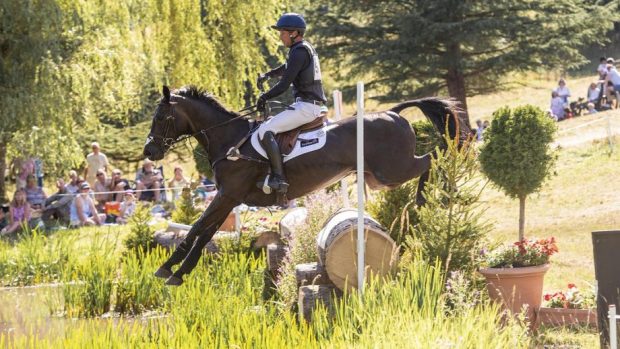Social media — an invaluable tool or an obstructive hindrance?
This is the question being mooted by horse trials organisers in light of the recent spate of weather-induced cancellations.
Pictures, comments and speculation about the status of events and ground conditions have dominated riders’ Facebook pages and Twitter feeds since the season began earlier this month.
It has prompted concerns that others are basing their decisions to run on secondary observations rather than first-hand information.
Suzanne Garner, a scorer at Tweseldown, where some sections had only a handful of finishers, said: “Comments and pictures on Facebook and Twitter were destructive to say the least. I’m sure [they] resulted in the huge number of withdrawals.”
Jo Snijder, who won a BE90 section at the event, admitted that seeing pictures posted online left her in a quandary over whether or not to run.
“I decided to walk the course for myself the day before — something I would never normally do,” she told H&H.
“I was happy with the ground, which was a huge relief. Had I relied on other people I would have almost certainly withdrawn.”
But entries secretary Sarah Robinson, who uses Twitter to communicate with competitors at the events she manages, thinks that if every event had an online presence, there would be far less conjecture among riders.
“Just because social media is a quick method of communication, doesn’t mean it is bad information,” she said.
“But it is better that it comes straight from the horse’s mouth. There should be someone on the organisational team at every event whose responsibility it is to post frequent updates.”
British Eventing (BE)’s chief executive Mike Etherington-Smith said the governing body encourages events to have a presence on Facebook and Twitter.
“Messages and photos posted by some people on social media can be misleading and give the wrong impression,” he said.
“BE encourages organisers to keep riders informed in the run up to and including their event, posting regularly about conditions and contingency plans.”
This news story was first published in Horse & Hound magazine (1 April 2013)



